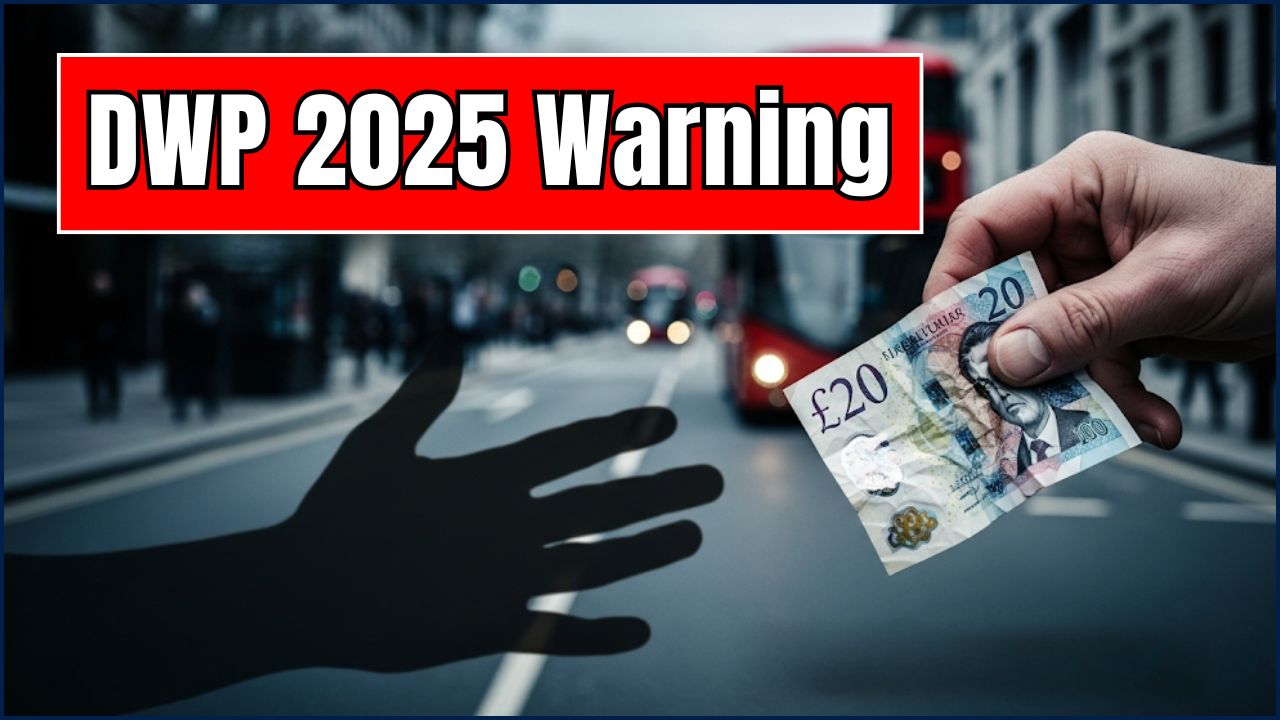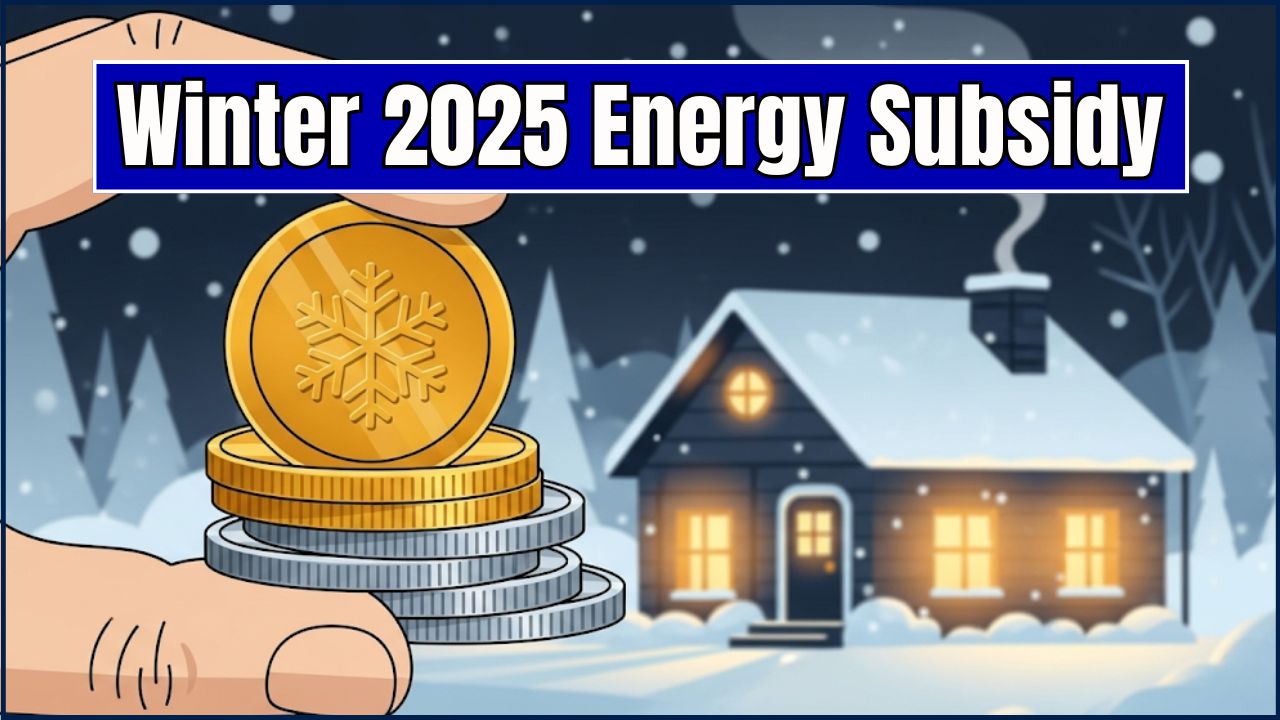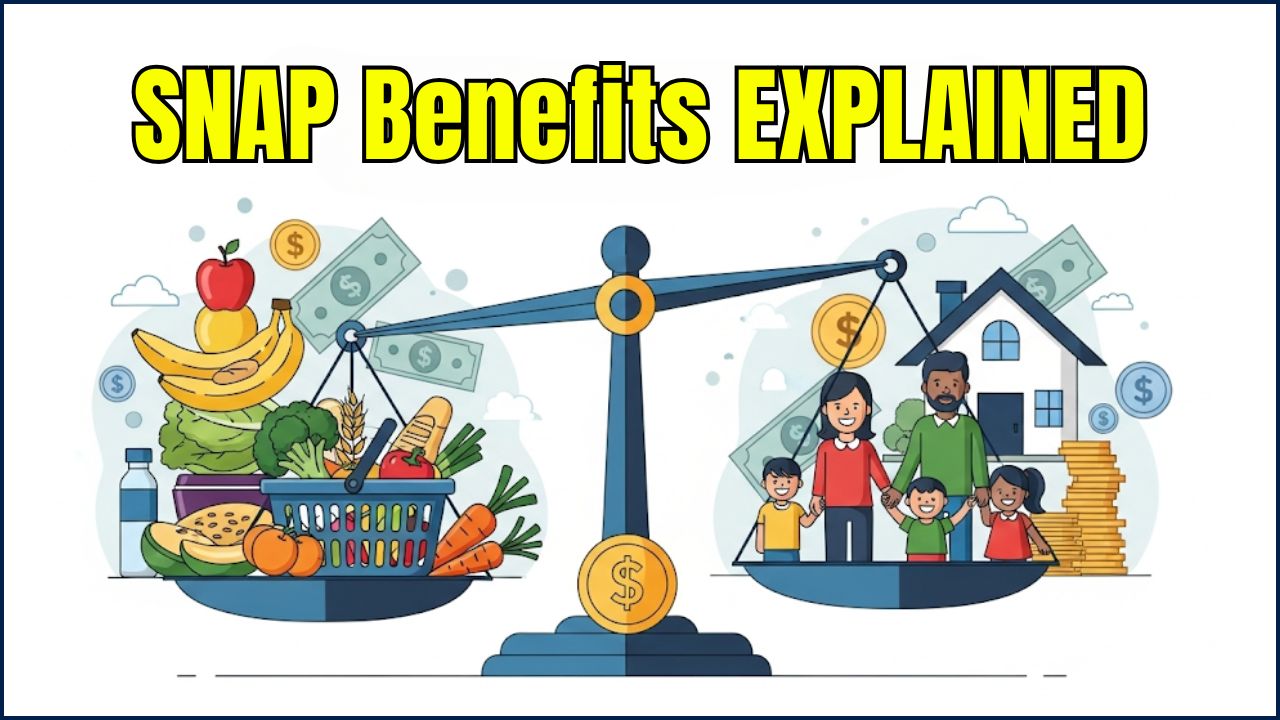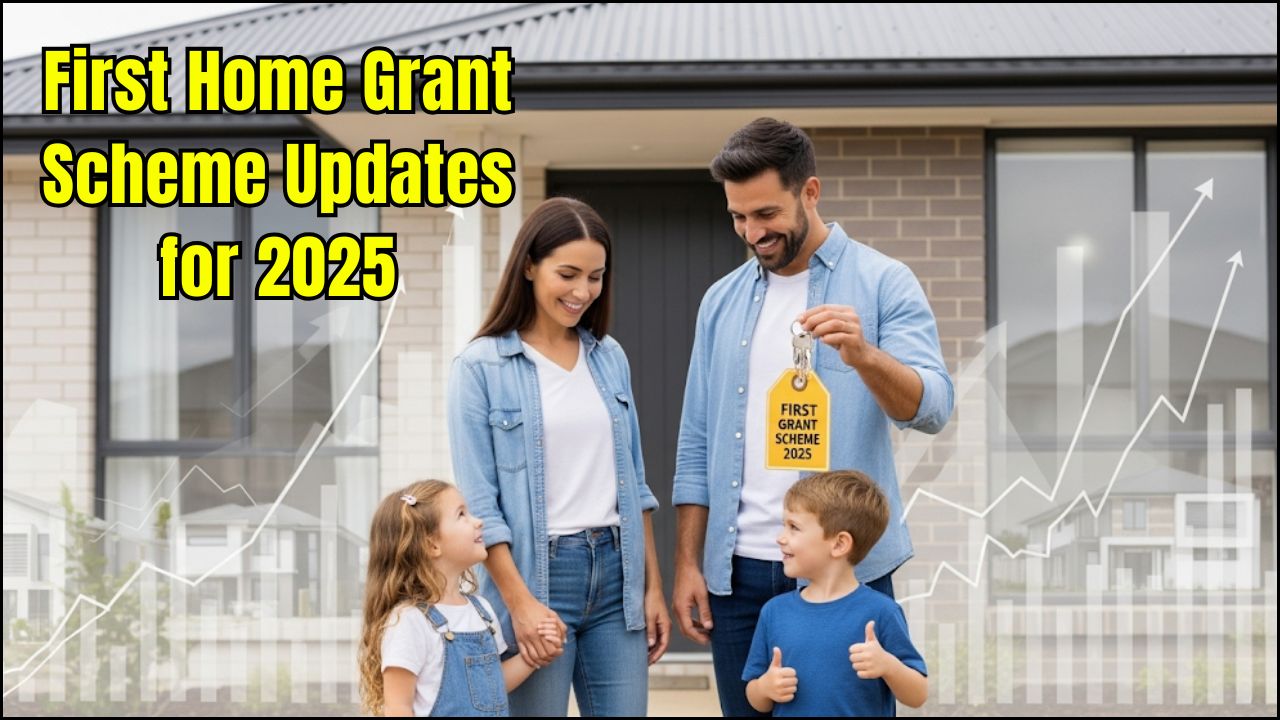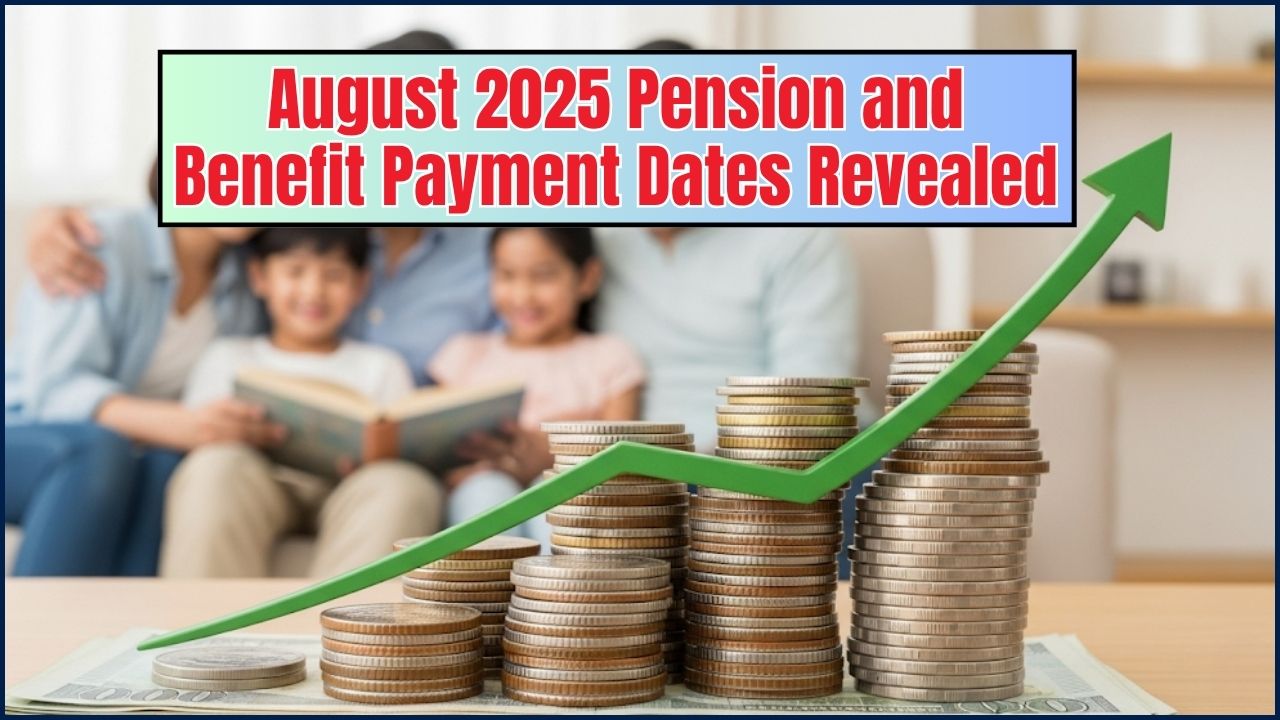Purchasing your first home is an exciting milestone, but let’s be real—it can also feel like a daunting task. Whether you’re trying to save for a deposit, navigating the complexity of mortgage insurance, or simply trying to figure out where to begin, the First Home Grant Scheme is here to ease your burden. And in 2025, there are some important updates to the program that could make your dream of homeownership much more attainable.
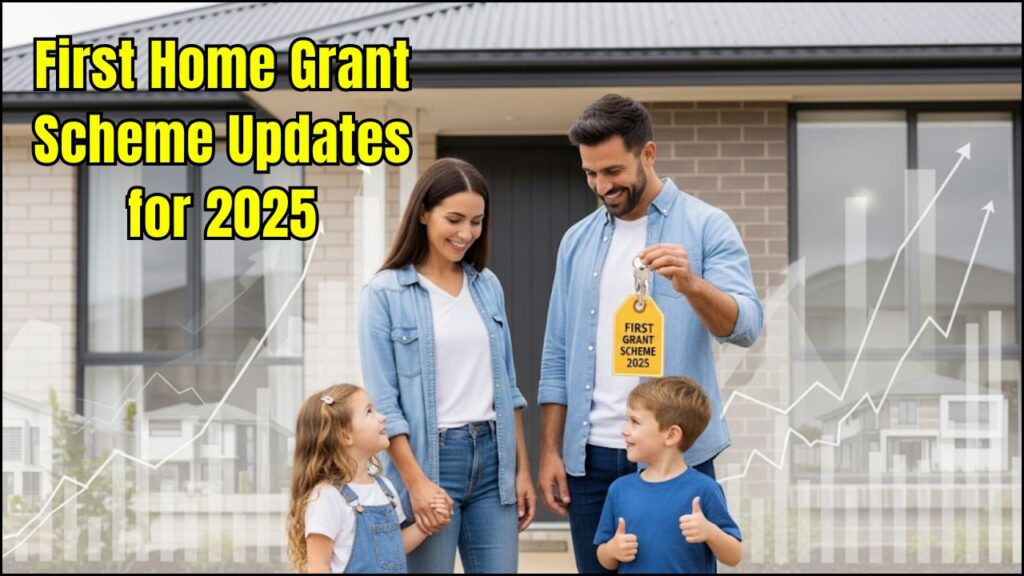
Let’s take a closer look at these updates and how they might help you get into your first home, whether you’re just starting to save or are already well on your way.
First Home Grant Scheme Updates for 2025
| Key Update | Details | Source |
|---|---|---|
| Home Guarantee Scheme | 50,000 new places released, including First Home Guarantee, Regional First Home Buyer Guarantee, and Family Home Guarantee | HousingAustralia.gov.au |
| Expanded Support for Buyers | $54 million invested in fast-tracking infrastructure for modular and prefabricated homes | News.com.au |
| First Home Owner Grant (FHOG) | Extended deadlines and higher grant values in some states | Vic.gov.au |
| Help to Buy Scheme | Expanded for 40,000 buyers with lower income caps and higher property price limits | MotivateProperty.com.au |
The First Home Grant Scheme in 2025 offers expanded opportunities for first-time buyers looking to get into the housing market. With lower deposit requirements, expanded grants, and state-specific support, the government is making it easier than ever to buy your first home. Whether you’re taking advantage of the Home Guarantee Scheme, using the Help to Buy program, or receiving support through the First Home Owner Grant, these updates could make your dream home a reality sooner than you think.
What’s New in 2025 for the First Home Grant Scheme?
The First Home Grant Scheme has been a game-changer for first-time homebuyers across the country. In 2025, several key updates make it easier than ever to break into the housing market. From expanded grant offerings to new guarantees, these changes aim to reduce the financial burden that comes with buying a home.
1. The Home Guarantee Scheme Expands: More Chances for First-Time Buyers
One of the biggest changes in 2025 is the expansion of the Home Guarantee Scheme. The government has announced 50,000 new places in the scheme for the 2025-26 financial year. This program has three key components:
- 35,000 places for the First Home Guarantee, helping first-time buyers purchase a home with a 5% deposit and without needing to pay for Lenders Mortgage Insurance (LMI).
- 10,000 places for the Regional First Home Buyer Guarantee, designed specifically for buyers in regional areas where housing may be more affordable but harder to come by.
- 5,000 places for the Family Home Guarantee, which is aimed at single parents looking to get into the housing market with a reduced deposit.
This expansion is a big win for those who have struggled to gather the required deposit or navigate the high costs of homeownership, particularly in expensive metropolitan markets.
2. More Government Support: $54 Million Investment in Faster Home Construction
Another exciting update is the $54 million investment to fast-track infrastructure for the construction of modular and prefabricated homes. These homes, which are often built offsite and assembled quickly, offer a cost-effective and time-saving solution for first-time buyers.
This initiative is designed to reduce construction costs, speed up the building process, and make affordable homes more accessible. Buyers in regions facing housing shortages or skyrocketing property prices will benefit greatly from these faster, affordable homes.
3. First Home Owner Grant (FHOG) Update: More Money in Your Pocket
The First Home Owner Grant (FHOG) has seen an increase in some states, and it’s now available for new homes under certain price limits. In Queensland, for example, the grant has been extended until 2026, offering $30,000 for new homes valued under $750,000.
- Victoria is offering $10,000 for new homes under $750,000, with stamp duty exemptions for properties up to $600,000.
- Western Australia offers $10,000 for new homes, with some recent legislative changes making it easier to qualify.
This additional financial assistance can make a significant difference in covering some of the initial costs of purchasing a home.
4. Help to Buy Scheme: A Path to Homeownership with a 2% Deposit
The Help to Buy Scheme has also been revamped to make homeownership more achievable. Under this scheme, buyers can secure a home with just a 2% deposit. In addition, the government will contribute up to 40% of the equity for new builds and 30% for existing homes.
Income caps have also been adjusted. Singles can now earn up to $100,000 per year, and couples up to $160,000, making the program accessible to a broader audience. This is a game-changer for those who might not otherwise be able to afford a home in their desired location.
5. State-Specific Support: Tailored Grants and Exemptions
The First Home Grant Scheme isn’t just a national initiative; many states offer additional support through tailored grants and exemptions. For example:
- New South Wales offers a full exemption from transfer duty for new or existing homes valued up to $800,000, with concessional rates for homes up to $1,000,000.
- South Australia has introduced new eligibility criteria to ensure that more people can benefit from the program.
These state-specific benefits are designed to make homeownership even more affordable and accessible in regions with varying market conditions.
6. Real-Life Example: How One Couple Benefited from the Scheme
To give you an idea of how these schemes work in real life, let’s look at the story of Emma and Josh, a couple from Queensland. After struggling to save a 20% deposit, they found out they qualified for the First Home Guarantee Scheme, which allowed them to purchase their first home with just a 5% deposit. The $30,000 grant helped cover some of the initial costs, and they avoided paying Lenders Mortgage Insurance (LMI). Today, they’re happily living in their $550,000 home in Brisbane, thanks to the support provided by the scheme.
Step-by-Step Guide: How to Apply for the First Home Grant Scheme
Applying for the First Home Grant Scheme is relatively straightforward. Here’s a quick breakdown of what you need to do:
- Check Eligibility: Make sure you meet the requirements for your specific state and program. These typically include being a first-time buyer, not having previously owned property, and meeting the income and property price limits.
- Prepare Documentation: Gather all necessary documents, including proof of income, identification, and any required financial statements.
- Apply Through Your Lender or State Revenue Office: Most applications are processed through participating lenders or your state’s revenue office.
- Wait for Approval: Once your application is submitted, it may take a few weeks to process. Be patient and ensure you follow up if needed.
Challenges and Mistakes to Avoid
While the First Home Grant Scheme offers great benefits, many first-time buyers still make common mistakes. One of the biggest is not checking eligibility before applying. Different states have different income caps, property value limits, and eligibility criteria. Ensure you understand these before applying to avoid delays or disappointment.
FAQs
1. Can I use the grant for an existing home?
Yes, many of the programs, like the Help to Buy and Home Guarantee Schemes, can be used for both new and existing homes, depending on the specifics of the program.
2. How can I improve my chances of qualifying for the grant?
To improve your chances, make sure your credit score is in good standing, gather all necessary documentation, and apply early to secure your place in the scheme.
3. Is there a cap on how much I can borrow?
Yes, there are property price caps depending on the state and the program you apply for. Make sure to check the official limits before applying.

